
Originally published in hardcover by Crown Publishers 2003
First Vintage Books Edition/a Division of Random House, Inc. 2004
Non fiction soft cover – 424 pages including Notes and Sources
This is the true story of Herman Webster Mudgett aka Dr. Henry H. Holmes, the first documented serial killer in the U.S.; and Daniel H. Burnham, architect of the great World’s Fair of 1893 Chicago. Foremost, this is the true story of the madness that cloaked them both.
Real people, real places, real photographs, and very real events written in novel form.
“….. However strange or macabre some of the following incidents may seem, this is not a work of fiction. Anything between quotation marks comes from a letter, memoir, or other written document.” ….. “I beg forbearance, too, for the occasional side journey demanded by the story, including excursions into the medical acquisition of corpses and the correct use of Black Prince geraniums in an Olmstedian landscape.”*
‘Black Prince geraniums in an Olmstedian landscape’ – this is where Mr. Larson caught my attention.
We first meet Daniel Hudson Burnham in April of 1912. We are aboard the R.M.S. Olympic of the White Star Line.** This is where the story ends. Then we go back into the mid to late 1800s where Dr. Holmes is living a quiet unassuming life. This is where the story begins. This is a book mostly about these two men, yet all about one narrative. This is a book about two separate events having taken place in Chicago, Illinois during the same years. One story is about an architect and the making of the World’s Fair; the other, a mild mannered sociopath and the women he kills. These two stories, woven together, create one time-line. These separate accounts in history do not intersect. Ever.
This is a good book if you like reading about historical events and real people. Whilst this is a book with two stories, they are not separated one from the other. Both stories are told concurrently. You’ll have to know how to compartmentalize your thoughts if you want to enjoy this one.
*Taken, in-part, from page xi [of this book]
Evils Imminent (A Note)
Erik Larson
Seattle
**for those of you who are historians, the significance of this time and place will not have escaped you.


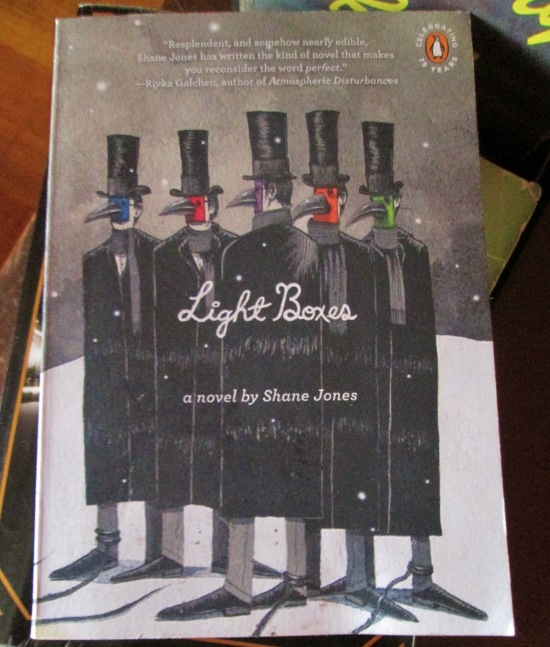






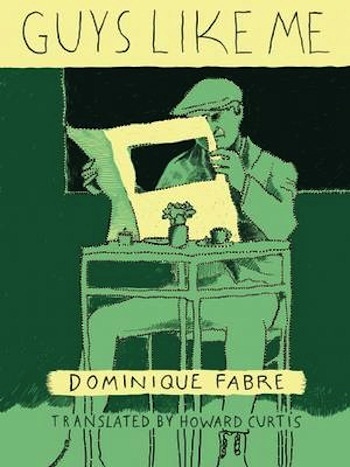

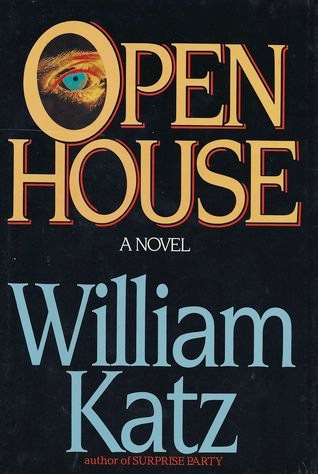

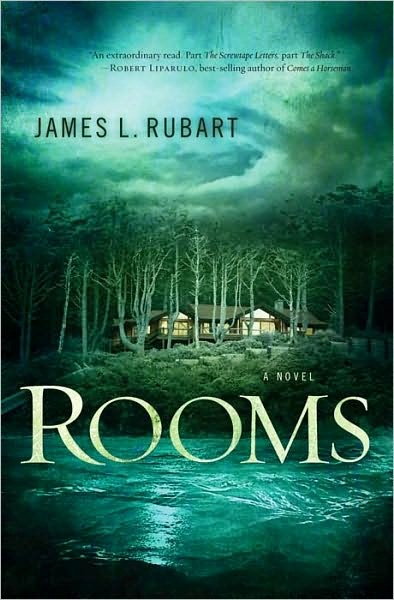

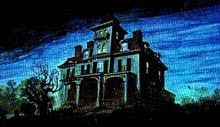


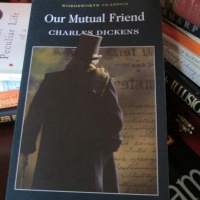




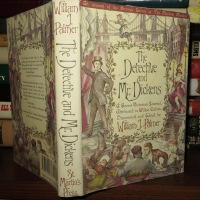


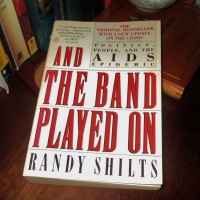



Recent Comments